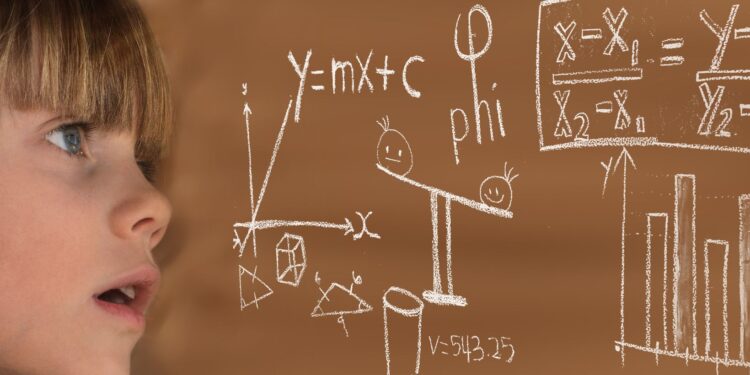What is the Radius of a Circle Whose Equation is x2+y2+8x−6y+21=0? 2 Units 3 Units 4 Units 5 Units
Every circle’s equation has a story to tell. It’s in these equations that we learn its center and radius – two of the most crucial elements defining a circle. So, when I look at this specific equation x²+y²+8x−6y+21=0, my goal is to deepen your understanding of how these equations work, and answer the question: What is the radius of this particular circle?
Firstly, let’s go back to basics for a quick refresher course. The standard form of an equation for a circle with center (h, k) and radius r is given as: (x-h)²+(y-k)²=r². Through comparison, we can convert our given equation into this standard form.
The process involves completing the square – don’t worry if that sounds complicated! It’ll become clear as we proceed through this journey together. With some algebraic manipulation and patience, we’re well on our way to finding whether our circle’s radius fits into 2 units, 3 units, 4 units or even perhaps 5 units.
In essence – math isn’t just about numbers; it’s also about understanding underlying concepts that help us decode complex patterns like these. So buckle up! We’re not just solving an equation; we’re unlocking the secrets hidden within its depths.

Understanding the Equation of a Circle
Let’s dive right in, shall we? The equation of a circle is an important concept in geometry. It’s typically written in a standard form: (x-h)² + (y-k)² = r². Here, “(h,k)” is the center of the circle and “r” represents its radius.
So, when we’re faced with an equation like x²+y²+8x−6y+21=0, it might seem daunting at first glance. But don’t worry! With a little bit of rearranging and completing the square, we can figure out what this equation is telling us about our circle.
First off, let’s rewrite our given equation into groups: (x²+8x) + (y²-6y) = -21. Now we need to complete the squares for both x and y terms which will help us identify both h and k values for our circle’s center.
For x-terms:
- We take half of the coefficient of ‘x’ which gives us 4.
- Then square it giving 16.
- Add that to both sides making our new left side as (x²+8x+16)
Similarly For y-terms:
- Half of -6 gives us -3,
- Squaring that results in 9
- Adding that to both sides makes our new y term as (y²-6y+9)
With these steps done correctly, you’ll see your equation transformed into this shape: (x + 4)² + (y – 3)² = 4.
Voila! Now it matches the standard form I mentioned earlier. The center coordinates are (-4 , 3). And what about that elusive radius?
Well if you remember from the standard form formula, r-square equals to value on the other side of the equality sign. So here r² = 4 which implies the radius ‘r’ is 2 units.
Yes, you read that right! The radius of our circle with this seemingly complex equation turns out to be just a simple 2 units. So remember, no matter how complicated an equation appears at first glance, breaking it down into manageable parts can help reveal its secrets. Let’s dive into the heart of our topic: Identifying the center and radius from the equation of a circle. To begin, we need to understand that every circle can be represented by an equation in the form (x-h)² + (y-k)² = r². Here, the point (h,k) represents the center of our circle, while ‘r’ is its radius.
Given our specific example – x²+y²+8x−6y+21=0 – it’s not immediately obvious what values h, k, and r hold. But worry not! I’ll guide you through the process to reveal this hidden information.
Firstly, we’ve got to rearrange our equation into standard form. Through completing squares method for both x and y terms respectively, we reorganize it as: (x+4)²+(y-3)²=4. Now it looks more familiar, right? From this equation:
- The center of the circle is at (-4, 3). Why? Remember how ‘h’ was subtracted but here ‘+4’ is added? That indicates h=-4 in this case. Similar reasoning applies for ‘k’.
- The radius squared equals 4 – so square rooting tells us that r=2 units.
Voila! You’ve just uncovered crucial pieces of information from what appeared initially as a complex mathematical expression!
To solidify your understanding:
- Equation given: x²+y²+8x−6y+21=0
- Rearranged into standard form: (x+4)²+(y-3)²=4
- Center identified: (-4 , 3)
- Radius found: 2 units
So there you have it; whenever you’re presented with an equation like x²+y²+8x−6y+21=0 and asked about its radius or center position – you’re now armed with knowledge to tackle it head-on! Remember, practice is key. Try out with different equations and soon enough, identifying the center and radius of any circle will be a cakewalk for you. Keep learning, keep growing!














